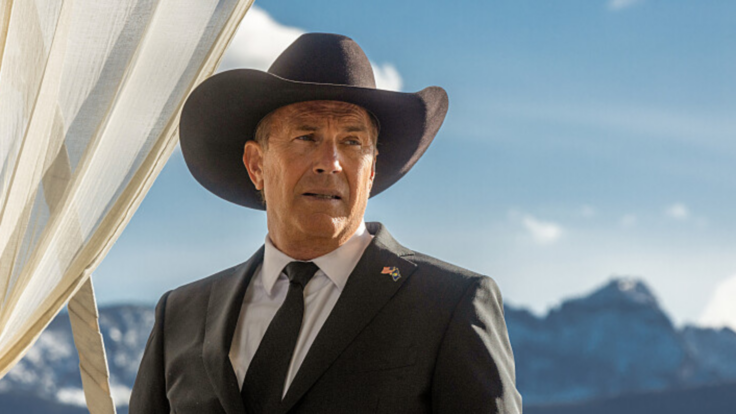Yes, it’s only been a few days since David Zaslav unified his Warner Bros. Discovery empire, and infinite questions abound regarding who will get laid off, who will get layered, which couch cushions will unearth those $3 billion in synergies, and how Zaslav will manage the tens of billions in debt, especially as interest rates go up, all while spitting out $14 billion in EBITDA. But if Zaslav’s job comes down to optimizing his new company’s resources and managing the affiliated costs most efficiently, his outlook will likely follow from the relatively straightforward task of producing the most sought-after content and consolidating the distribution.
The present and future of entertainment is streaming, after all, and streaming is a superscale game. Netflix, Disney, WBD, Comcast, and Paramount Global currently control 70 percent of the audience demand (what consumers actually want to watch) for all TV content in the United States, according to Parrot Analytics, where I work. Competition is obviously tightening, which is increasing the COGS, and the success of the debt-strapped WBD depends, in part, on Zaslav elevating the inevitably unified platform from No. 3 to compete more vigorously with Netflix and Disney.

















